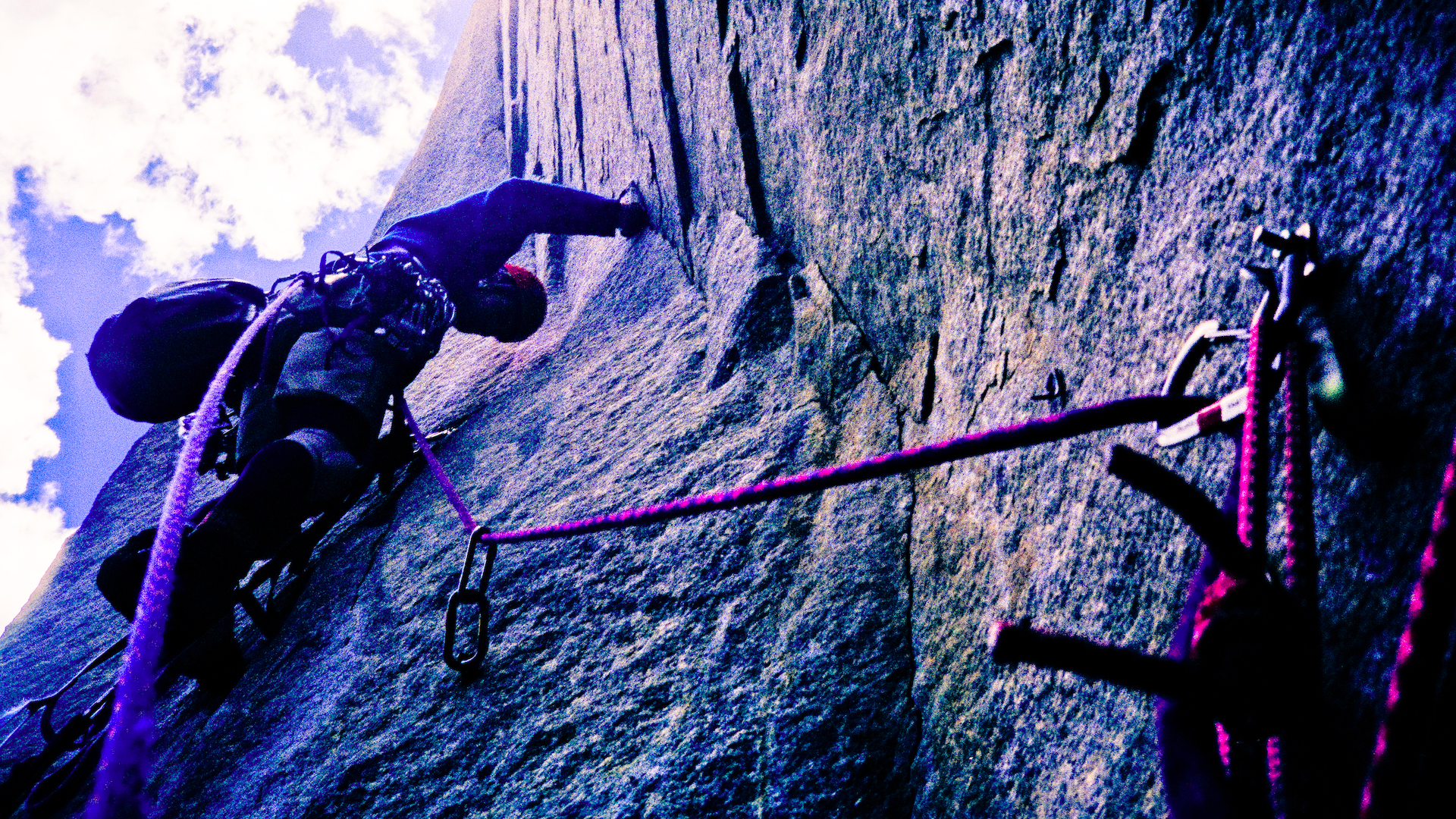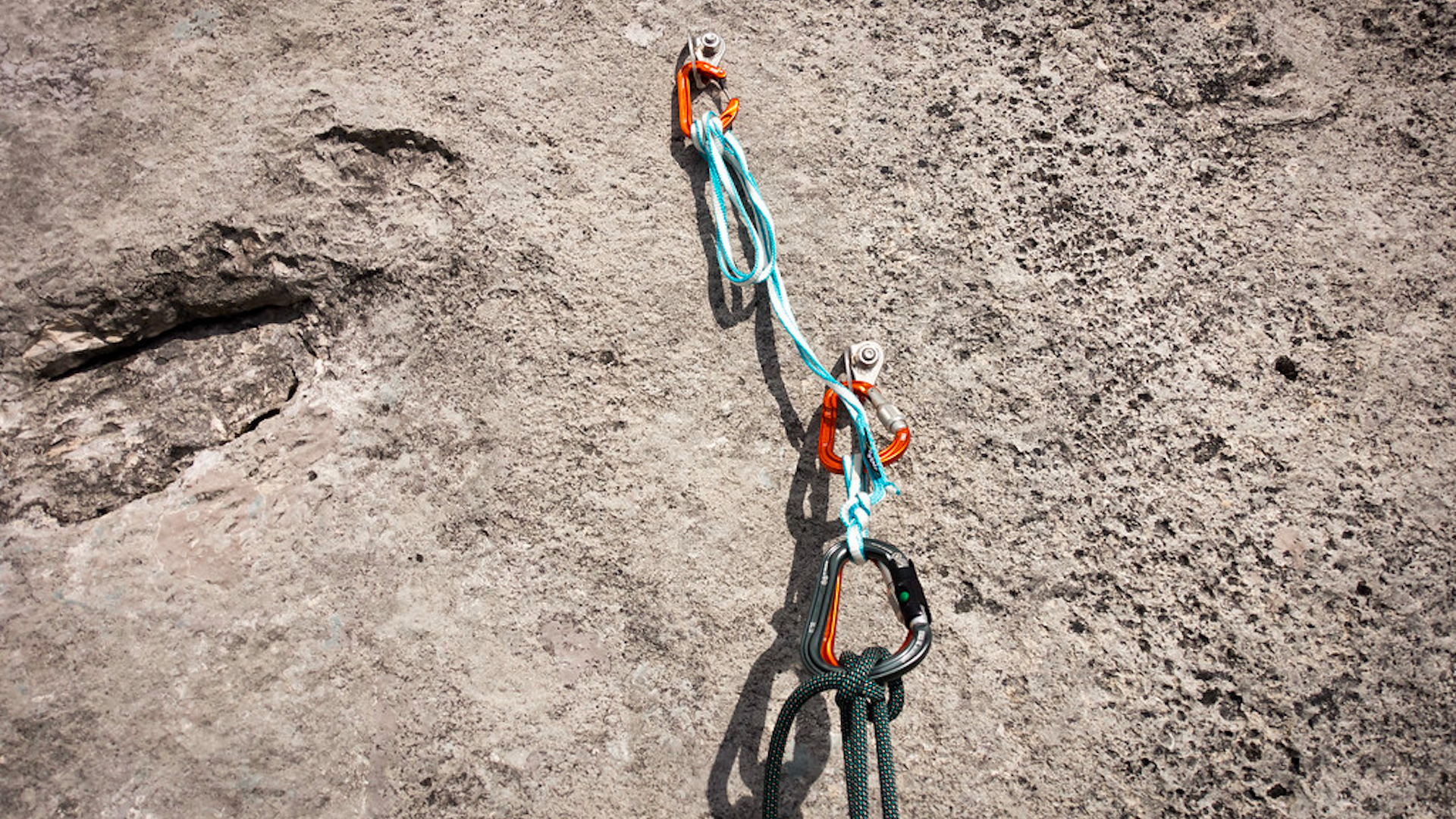US rock climbers in meltdown over National Park Service’s proposed crackdown on fixed anchors
The National Park Service and US Forest Service are proposing new regulations on fixed anchors that climbers fear could profoundly affect the sport

The US rock climbing community is having a meltdown over new guidance being proposed by the National Park Service and US Forest Service for the use of fixed anchors in the National Park system.
The new draft guidelines, which are currently open for public comment until 16 January 2024, would tighten regulations which govern such outdoors pursuits as rock climbing, ice climbing, mountaineering, canyoneering and caving, subjecting the use of fixed anchors under higher scrutiny and more oversight.
The National Park Service (NPS) defines a fixed anchor as “any piece of climbing equipment that is left in place to facilitate a safe ascent or rappel. Examples include, but are not limited to, bolts, pitons, and slings.”
The proposed guidelines would allow for the “emergency placement” of a fixed anchor… if necessary to exit the climb in the safest and most expeditious manner possible.” Which at first doesn’t sound unreasonable.
But the new draft guidelines also contend that “fixed anchors constitute a prohibited use” under the Wilderness Act of 1964 and seek to restrict places where they may be installed by requiring that a “minimum requirements analysis” be conducted on any route where a bolt might be placed (or replaced).”
Which sounds a lot more ominous, vague and very open to interpretation. But in a written statement seen by the San Fransisco Chronicle, an agency spokesperson underscored the need for “careful and thorough planning” needed “to protect and preserve wilderness.”

So the bottom line appears to be that the federal land agencies are contemplating crackdown on fixed anchors – but no one seems quite sure just how ruthlessly. And that’s leaving climbers in a state of high anxiety, worried that the new guidelines, if given the go-ahead, would reverse decades of precedent.
“This is an existential crisis for America’s climbing community,” says Erik Murdock, interim executive director of the Access Fund, a national nonprofit advocacy group. “It’s a paradigm shift from how federal land agencies have managed climbing for the past 59 years.” By which he means since the Wilderness Act of 1964 was signed into law. “The climbing community is not opposed to regulation, but this level of restriction is a direct threat to the history of climbing.”
All the latest inspiration, tips and guides to help you plan your next Advnture!
“The climbing community is not opposed to regulation, but this level of restriction is a direct threat to the history of climbing,” he said.
El Capitan climbing legend Lynn Hill adds that she is, “dismayed to see federal leaders propose policies that could erase historic climbs in places like Yosemite National Park.”
Park service spokesperson Cynthia Hernandez tells the San Fransisco Chronicle, “under the proposed guidance, existing fixed anchors may continue to be used,” but fixed anchors need to be replaced regularly for safety reasons, and that leaves questions about what constitutes “existing anchors”.
Be here next January for the next chapter in this saga.
